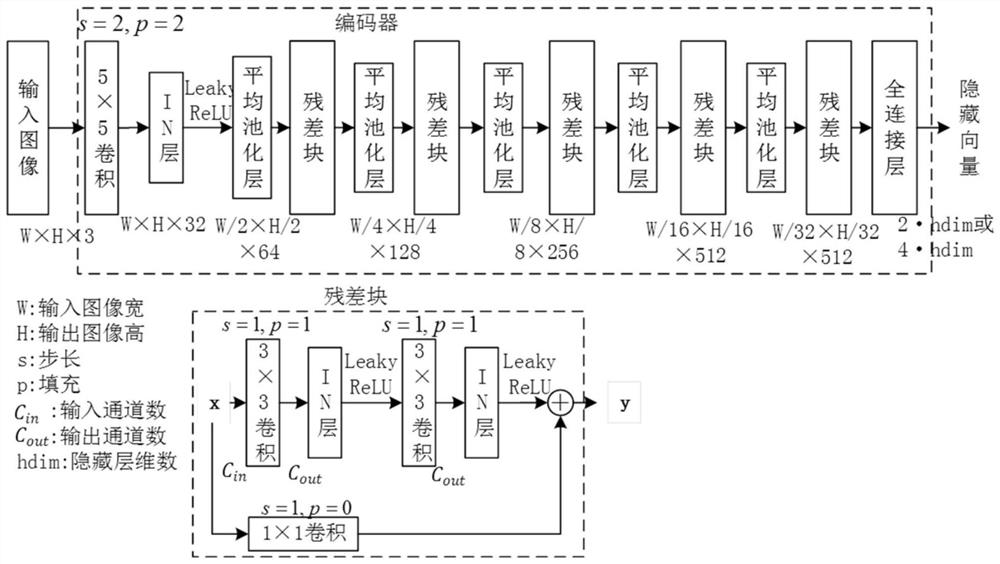Living body detection method and system based on double-decoupling generation and semi-supervised learning
A semi-supervised learning and liveness detection technology, applied in the field of face recognition anti-spoofing detection, can solve problems such as poor generalization and insufficient data diversity of liveness detection models, so as to enrich diversity, improve learning ability, and solve the lack of diversity Effect
- Summary
- Abstract
- Description
- Claims
- Application Information
AI Technical Summary
Problems solved by technology
Method used
Image
Examples
Embodiment Construction
[0110] In order to make the objectives, technical solutions and advantages of the present invention clearer, the present invention will be further described in detail below with reference to the accompanying drawings and embodiments. It should be understood that the specific embodiments described herein are only used to explain the present invention, but not to limit the present invention.
[0111] This embodiment uses the Replay-Attack, CASIA-MFSD, and MSU_MFSD live detection data sets for training and testing as an example, and introduces the implementation process of this embodiment in detail. The Replay-Attack dataset contains 1200 videos. Using a MacBook camera with a resolution of 320 × 240 pixels, we collected real faces from 50 test subjects and deceptive faces generated accordingly. Divided into training set, validation set and test set; the CASIA-MFSD dataset contains 600 videos, using three cameras with resolutions of 640 × 480 pixels, 480 × 640 pixels, and 1920 × 1...
PUM
 Login to View More
Login to View More Abstract
Description
Claims
Application Information
 Login to View More
Login to View More - R&D
- Intellectual Property
- Life Sciences
- Materials
- Tech Scout
- Unparalleled Data Quality
- Higher Quality Content
- 60% Fewer Hallucinations
Browse by: Latest US Patents, China's latest patents, Technical Efficacy Thesaurus, Application Domain, Technology Topic, Popular Technical Reports.
© 2025 PatSnap. All rights reserved.Legal|Privacy policy|Modern Slavery Act Transparency Statement|Sitemap|About US| Contact US: help@patsnap.com



